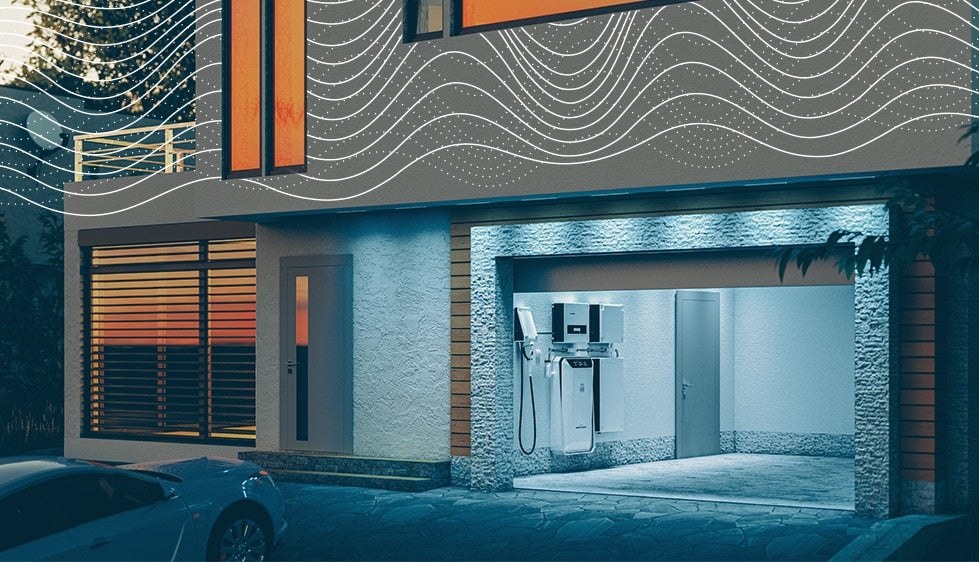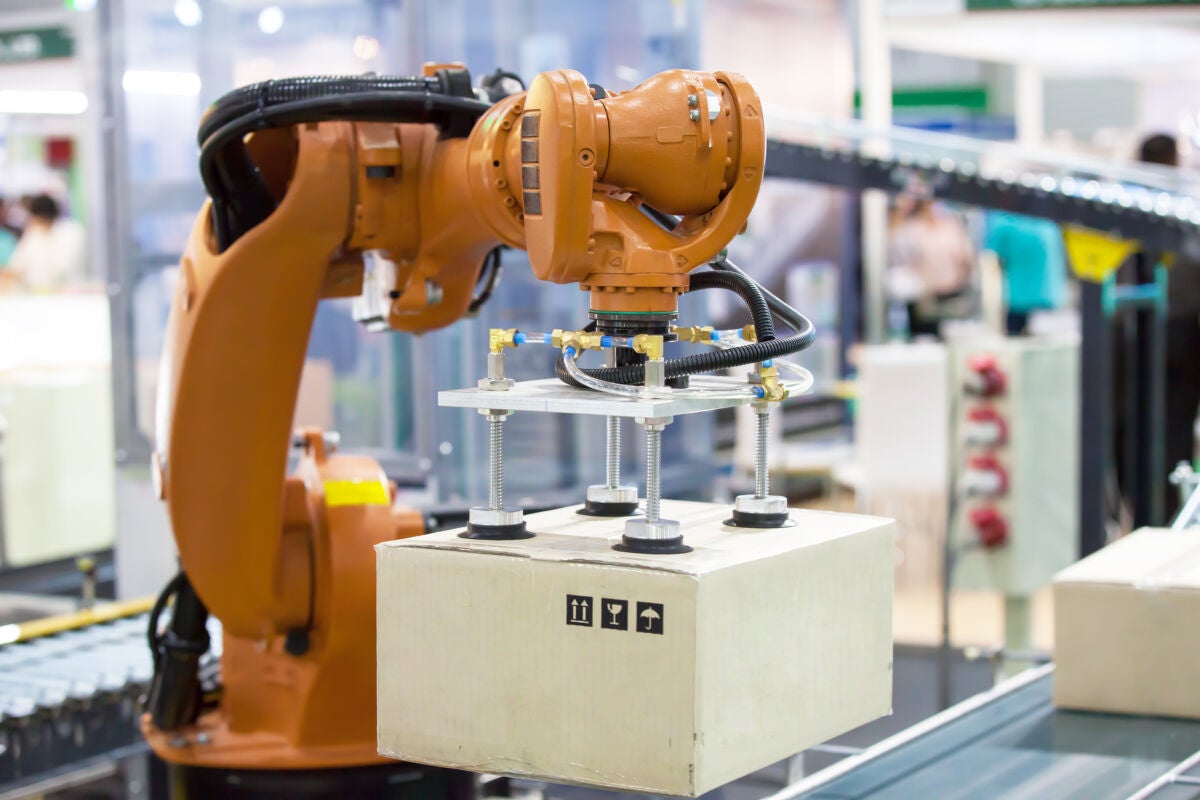
As the trusted manufacturing partner of choice, we design and build energy storage systems (ESS) for consumer, commercial, or industrial use. Learn how we employ system level engineering guidance for ESS development and use precision laser welding capabilities to enhance quality — and explore how we support manufacturing in region with our global supply chain.

Energy storage systems: Providing a reliable power option
Consumers, commercial and industrial applications, and power grids all know the value of ESS as a backup energy source. These systems can store power from solar, wind, or the power grid for later use and can range in size to be small enough to hang on your garage wall or large enough to fit into a container storage box.
Flex helps you design and build a new ESS or update your existing systems, big or small, using our technical experts, manufacturing facilities, and mechanical capabilities.
Engineering support
Flex is here to help support your engineering needs for HVAC systems, battery cells, and fire suppression. We will help you:

- Identify the right battery cell and battery module manufacturing process
- Provide system level engineering guidance for development of an ESS
- Share technical recommendations for ancillary components
Manufacturing support
Flex is ready to support your ESS manufacturing needs for battery modules, battery management systems, metal racks and enclosures, AC and DC panels, or power inverters.

Our automated lines with precision laser welding capabilities reduce defects, and our regional facilities allow you to take advantage of government subsidies and incentives for ESS.
We also provide complete configure-to-order assembly to accelerate mass production.
Global supply chain partner
A trusted, resilient global supply chain is a critical component of bringing products to life and to your customers.

Regions with a robust energy storage market rely on well-established supply chain ecosystems for components.
Flex is knowledgeable in managing heavy shipments and hazardous materials requirements, reducing logistics costs.

